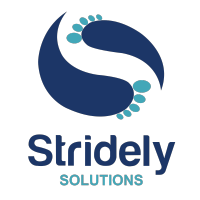Why you should develop your Mobile App with Xamarin
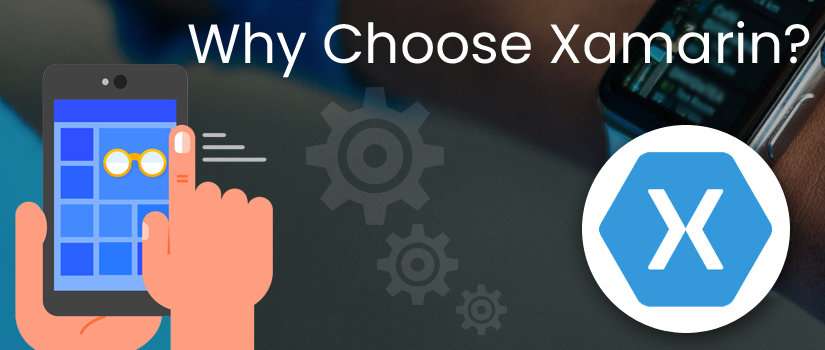
The World of Mobile Application is changing rapidly. Industries are adapting more towards Mobile Technology, in this fast-growing technology environment, developing mobile apps to keep up with the growing demands can only be achieved with the right set of tools and a right approach.
Microsoft Azure IoT Hub vs Amazon IoT
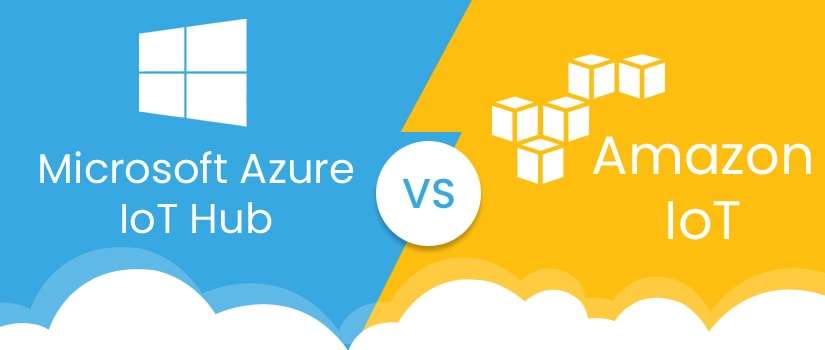
IoT is ruling the technology hype cycle aiming to help business entities achieve connected enterprises. IoT is combined with Analytical solutions are helping enterprises solve critical business challenges such as Real-time analytics, sensors integration, maximum asset utilization, real-time supply chain visibility and many more.
Business Era: IoT, Bigdata and Machine Learning
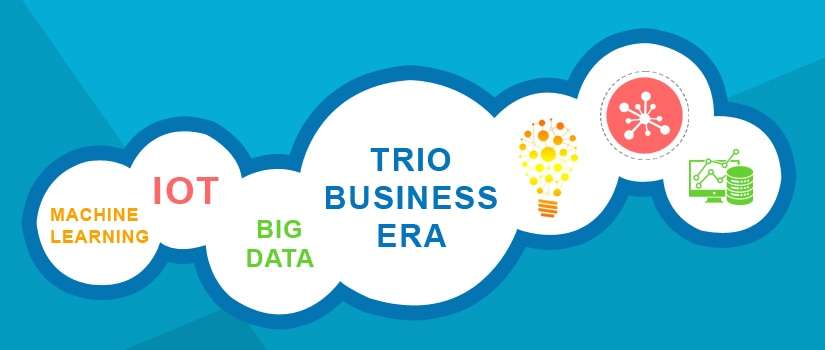
When we talk about IoT, Bigdata or Machine learning the three different things being indifferent. These three are playing the most exciting role in Business Technology since past few years.
